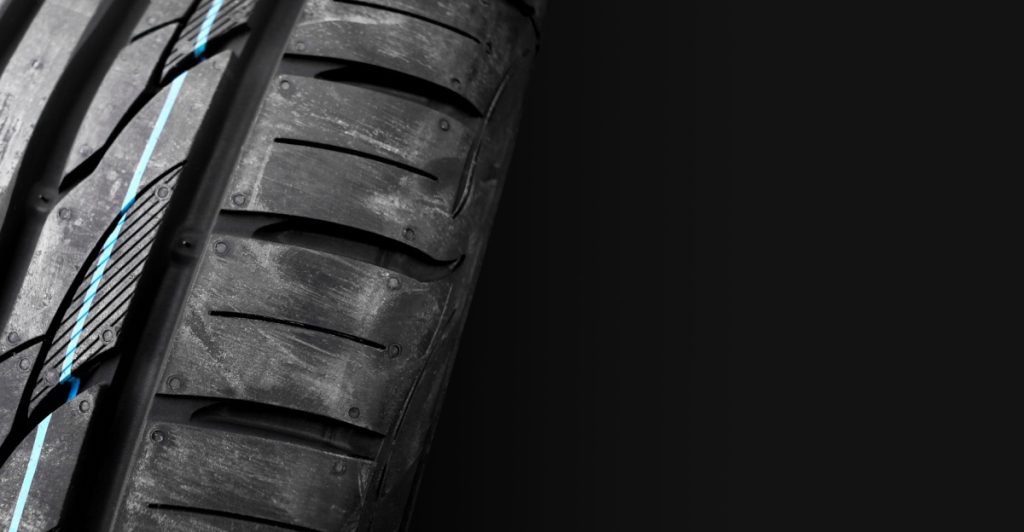Spoiler: They’re not decorative and they’re not meant for drivers
Others are reading now
If you’ve ever noticed red, blue, yellow, or green lines circling the tread of a new tire, you’re not alone in wondering what they’re for.
While these colorful stripes might seem like a quirky design element or even a technical feature, they serve a very different purpose—one that has nothing to do with how the tire performs on the road.
Industrial Codes, Not Consumer Clues
These colored bands aren’t decorative, nor are they informative for everyday motorists. Instead, they function as industrial markers, designed for use in factories and warehouses to streamline the tire production and distribution process.
Each color or combination of colors corresponds to specific internal specifications—like tire dimensions, load or speed rating, and even rubber composition.
Also read
In some cases, the colors can denote a particular customer. For example, a manufacturer might assign red stripes to tires ordered for Peugeot, green for Audi, and blue for Tesla.
But there’s no universal color code—each brand uses its own system. A blue stripe might indicate one thing for Michelin, and something entirely different—or nothing at all—for Bridgestone or Pirelli, as explained by L’internaute.
They Disappear Quickly—and That’s Normal
If your current tires don’t display any stripes, don’t worry. These paint markings are applied to the tread area, which wears down as soon as the tire hits the road.
Most lines vanish after just a few miles of driving. That’s why you’ll never see them on used tires.
However, their absence on a tire at the point of purchase can be worth questioning. If you’re buying what’s supposed to be a brand-new tire and see no color markings at all, it’s not out of place to ask your mechanic to confirm that the tire is truly fresh from the factory.
In short: the stripes are for logistics, not looks. They help manufacturers keep the tire world running smoothly—long before your wheels ever hit the pavement.


